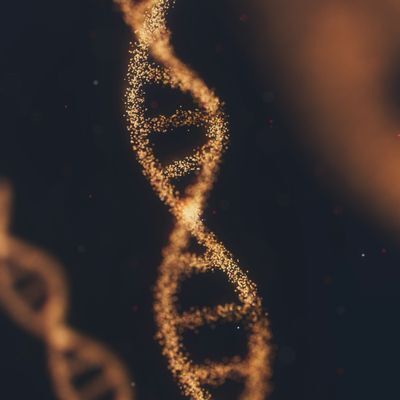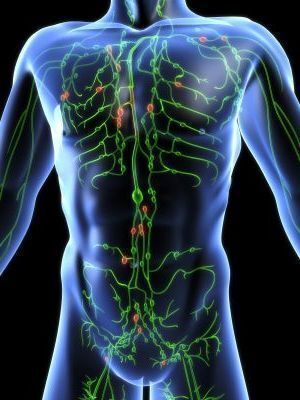
Isolated lymphatic malformations (LMs) are benign vascular anomalies caused by abnormal development of lymphatic vessels. LMs appear as fluid-filled cysts that can be large, small, or a combination of both. Thanks to advances in genetic research, we now know that specific mutations in key genes are driving these malformations — and the type of LM may be linked to different genetic changes.
The Subtypes of Isolated LMs
- Macrocystic LMs – consist of larger cysts (fluid filled ballons), often easier to see and sometimes more responsive to procedures like sclerotherapy.
- Microcystic LMs – made up of many tiny cysts (honeycomb appearance) that spread into surrounding tissue, often harder to remove completely.
- Mixed LMs – contain both large and small cystic components, showing characteristics of both macrocystic and microcystic forms.
The Genes Involved
We now know that somatic mutations — genetic changes that occur after conception and are present only in certain cells — are the main cause of LMs.
To find these genetic changes, doctors often test tissue taken directly from the lymphatic malformation. Because these mutations occur only involved tissues, the mutations may not show up in a standard blood test. Looking at the tissue itself gives doctors the best chance of identifying the mutation and understanding what’s driving the LM.
PIK3CA Mutations: The Most Common Driver (>90%)
Most isolated macrocystic, microcystic, and mixed LMs are caused by mutations in the PIK3CA gene. These mutations activate the PI3K/AKT/mTOR growth pathway, causing abnormal growth and organization of lymphatic vessels.
- Found across all LM subtypes
- Links LMs to the broader group of conditions called PIK3CA-related overgrowth spectrum (PROS)
BRAF Mutations: A New Discovery
Recent research has shown that some isolated LMs without PIK3CA mutations carry mutations in BRAF. These mutations activate the RAS/MAPK pathway, leading to similar overgrowth of lymphatic tissue but through a different mechanism.
- More frequently found in macrocystic LMs than in microcystic ones
- Represent a second genetic route to isolated LMs
Why This Matters for Patients
Understanding the genetics of isolated macrocystic, microcystic, and mixed LMs isn’t just about labels — it directly impacts care:
- Diagnosis: Genetic testing helps confirm what is driving an LM and ensures patients aren’t left searching for vague or outdated explanations.
- Treatment:
- PIK3CA mutations - may respond to drugs that inhibit PI3K inhibitors like alpelisib, or mTOR inhibitors, like sirolimus.
- BRAF mutation - may respond to MAPK pathway inhibitors, such as BRAF and/or MEK inhibitors.
- Personalized care: Instead of a one-size-fits-all approach, treatments can be tailored based on the exact gene mutation.
The Path Forward
Isolated lymphatic malformations — whether macrocystic, microcystic, or mixed — are not random occurrences. They are the result of specific genetic mutations, most commonly in PIK3CA, and in some cases, BRAF. This growing knowledge is transforming care from traditional surgery and sclerotherapy toward precision medicine — treatments designed to target the exact genetic cause of the malformation.
For patients and families, this means new hope: more answers, better treatment options, and a clearer path forward.











